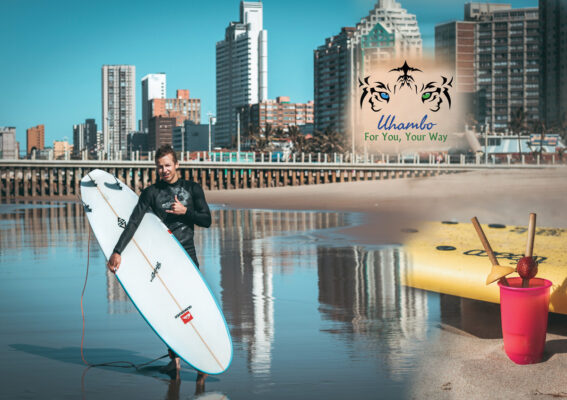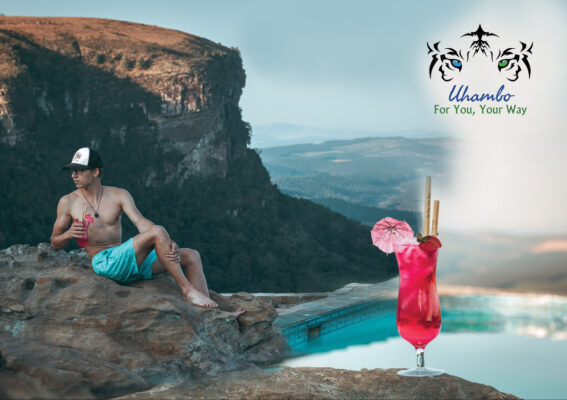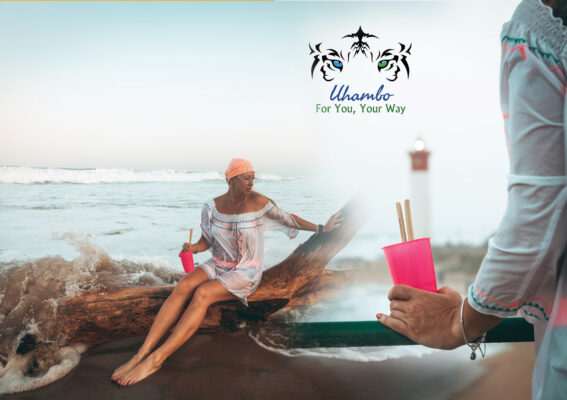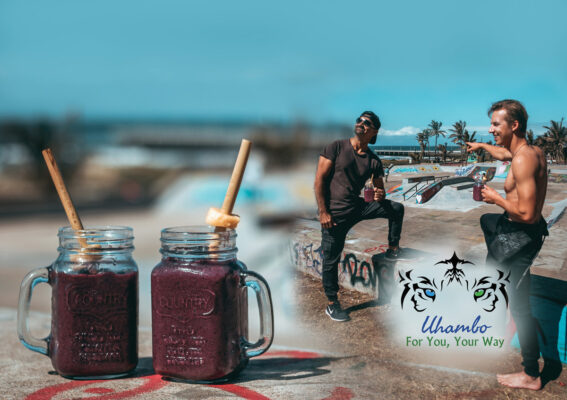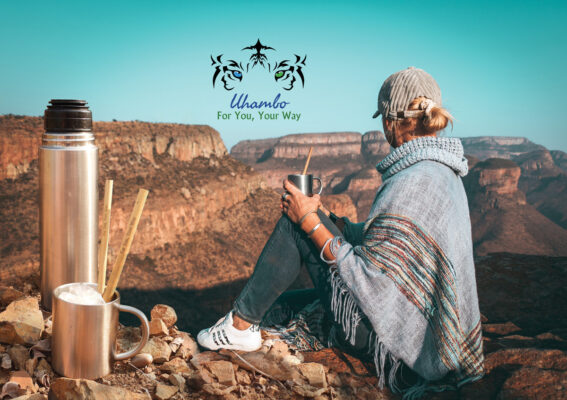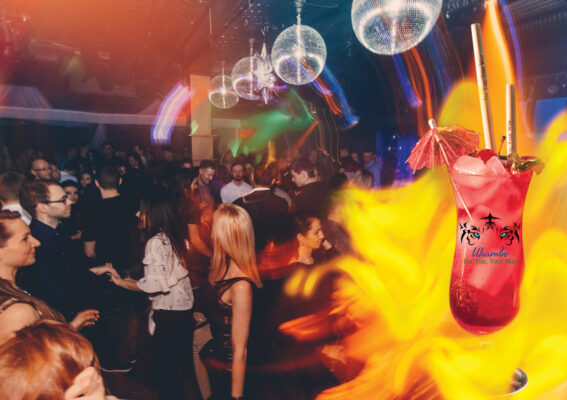Uhambo Caniçu Straws
Make your eco-friendly journey sustainable. With Uhambo Caniçu Straws, you can say no to single-use plastic straws for good and switch to a smart, reusable alternative.
Handcrafted in Mozambique, Uhambo Caniçu Straws are:
- Made from 100% natural plant material, using Mozambican Caniçu grass
- Biodegradable
- Easy to clean and dishwasher safe
- Smoothly finished and comfortable to use
- Easy to pop in your bag and take with you wherever, whenever
- Suitable for all your favourite drinks – fresh juice, smoothies, cocktails, iced coffee,milkshakes, and more.
Tropical cyclone Dineo displaced more than 100 000 people in Mozambique in 2017 and severely affected their livelihood. These people are still trying to recover and find new ways to earn a living.
When you buy Uhambo Caniçu Straws, you’re helping vulnerable Mozambican communities. A consistent source of income helps these people in rebuilding their lives and making sure their children can keep going to school. You can make a difference in someone’s life and help the environment, all in one small act. Get yourself and your loved ones Uhambo Caniçu Straws today!
Wherever you are, Whatever You do!
Various options are available. You can get your Uhambo Caniçu Straws in these ways:
Visit our homepage www.uhamboforyou.com or Facebook page Uhambo For You
Order by e-mail uhamboinfo@gmail.com
You can also call us on +27 (0) 713046413 or +372 56678076
After each use: Simply rinse clean under running water or wash with dishwashing liquid and water, using your special Uhambo Caniçu Straw brush.
If you wash them in the dishwasher, turn off the heated drying cycle, remove the straws immediately after washing, and allow to air-dry. Caniçu dries quickly. Soaking or keeping them wet for too long may weaken the straw.
Once a month: For a thorough clean, boil the straws in a pot with some vinegar and water (one part vinegar to 20 parts water) for about 10 minutes. Remove and allow to air-dry.
If you care for your Uhambo Caniçu Straws properly, they can last at least one year. When they are no longer usable, place them in a compost heap or compost bin to decompose.
Caniçu Straws
More than a billion plastic straws are used and thrown away every single day. This has an extremely negative impact on our environment.
It is estimated that by 2050, there will be more plastic than fish in world’s oceans.
Our all natural, re-usable, renewable and biodegradable bamboo straws were created to assist in providing a sustainable alternative.
Each straw is handmade, steam treated, and washable either by hand or in a dishwasher. The straws are light and easy to carry.
Each bamboo straw assists reforestation of the world’s tropical rainforests and raises awareness on some of the most pressing environmental issues of our time.
Caniçu Straws
Daily Use
Wash your Caniçu straws after every use. A rinse under the tap would suffice, but you may wash it with dishwashing soap on a daily basis.Just please remember to turn off the hot dry cycle and remove and dry the straw immediately after washing. Caniçu straws dry quickly! Soaking or keeping them wet for too long a period may weaken the Caniçu. Once a month, we advise you to boil vinegar and water and soak the Caniçu straw for a few minutes.
End of Life
Caniçu straws are meant to last a year and more, but it all depends on the usage of the owner. These Caniçu straws are sustainable and compostable. Once you decide that you have used and abused your Caniçu straw, place your straw in a compost or a compost bin for its natural process of decomposition.

Tropical Storm Dineo made landfall in Inhambane Province, Mozambique, on the evening of February 15 in 2016, causing floods and strong winds. It reached the strength of a Category 1 hurricane on the international Saffir-Simpson scale. With winds registered at 130km/h, the cyclone generated waves up to 6 metres high. Satellite-derived estimates indicated up to 200 mm of rain fell in Inhambane. At least seven people were killed across the country, including a child crushed by a fallen tree in Massinga. An estimated 20,000 homes were destroyed and approximately 130,000 people were directly affected.
Uhambo Mozambician Eco straws are made of natural bamboo. They are hand cut, smoothened and steamed. By using these straws we help Mozambican people who lost their homes due to the tropical storm. We give people a chance to work, build up their homes and continue to educate their children. These eco-friendly and super stylish drinking straws help keep our nature clean – 1 EcoStraw can eliminate 584 plastic straws per year.
Keep the Earth Clean! Be Different!
Caniçu Straws
Eco Straws Tofo
It all started after I survived the cyclone in a grass house. Caniçu is a local grass, from the family Typhaceae, which grows abundantly in the wetlands that surround the Inhambane area. Bundled together and tied into walls for huts and houses, it has been used as building material for a long time.
It makes a cool but dark and mosquito riddled home. After the cyclone, many people chose to rebuild their homes with the more durable and conventional concrete brick.
Picking up the straws that were strewn around in the rebuilding processes got me thinking. I was terrified when I saw an educational video on Facebook about a turtle with a plastic straw up its nose, having it extracted with forceps. Guilt gave me motivation as I used to work in packaging manufacturing.
Caniçu is pithy and not naturally hollow. However, it can be cleaned of pith and made into a sustainable straw, which can be used for drinks and smoothies, cleaned and popped back into your bag for use next time. I decided to get rid of all plastic straws in a cafe I own and switch to a sustainable product.
Finding a supply of the raw material was easy. As I mentioned, local people wanted brick not straw, so there was plenty for sale. Essentially, we have repurposed building material. Cleaning out the straw is a laborious task with many breakages and losses. We cleaned and processed them so that we had quite a snazzy looking end product.
A couple of local restaurants were interested in the product so we started making more. Then there was a man on holiday who asked if he could buy a couple thousand. Suddenly we became a production line and I was roping friends in to help out with counting and packaging.
There was more and more interest from people who had used our straws. From all over the world, people wanted to take the straws home and use these at their restaurants and cafes. At the time, we were still trying to improve the product in order to get rid of the knots in the straw and improve the quality. We wanted to standardise the sizes and keep getting better.
I asked for help and advice from two highly experienced woodworking specialists and even took advice from an international yacht refurbisher.
Now we have a product that can be presented to the world. We have moved into a small factory and can only grow from here.
Currently we employ a group of ex Fishermen. Marine Mega Fauna (MMF) approached us with a group of 15 fishermen who have been looking for alternative employment. I am proud to say that all of those men are now making straws.


 Eesti
Eesti





